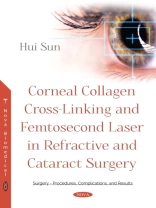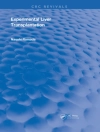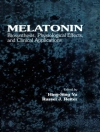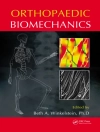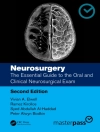The cornea serves as the gateway into the eye for external images. Maintenance of corneal shapes and transparency is critical for refraction. Small changes in the smoothness of the corneal surface or in the total thickness of the cornea can lead to visual distortion. Recently, however, refractive surgery for the transparent cornea has been introduced. In this procedure, the curvature of the cornea is modified either by cutting the stroma or by laser ablation of normal corneal tissue. Given the clinical efficacy of refractive surgery, it is important to understand the anatomical and physiological structure of the cornea such as corneal collagen cross-linking. Multiple commercial femtosecond lasers have been cleared for use by the US Food and Drug Administration for ophthalmic surgery, including use in creating corneal flaps in LASIK surgery. The newest application of femtosecond lasers in ophthalmology is in cataract surgery. In LASIK surgery, all surgery procedures are done in cornea. In cataract surgery, the cornea is also cut with a femtosecond laser. Over the last decade, the field of femtosecond eye surgery has expanded rapidly, supporting the advantages of combined high-ablation precision and minimized collateral tissue effects. One of the most promising applications for femtosecond laser eye surgery has been corneal surgery, namely laser in situ keratomileusis (LASIK) surgery, where the high-pressure laser plasma non-thermally dissociates the dense corneal tissue, thereby enabling lamellar cornea procedures with minimized side effects with the subsequent excimer laser shaping the corneal surface. Millions of people worldwide have been patients for LASIK surgery and have benefited from new forms of technology. LASIK surgery includes three parts: wavefront detection, femtosecond laser flap creation, and excimer laser cornea correction. Some parts of this book focus on femtosecond laser-assisted LASIK surgery, including basic research for femtosecond laser eye surgery and tissue imaging. The newest application of femtosecond lasers in ophthalmology is cataract surgery. Currently, there are a few lasers at or near the point of commercial release, including Len Sx (Alcon Laboratories Inc., Fort Worth, Texas), Catalys (Abbott Medical Optics, Santa Ana, California), Lens AR (Lens AR Inc., Orlando, Florida), Victus (Technolas Perfect Vision and Bausch & Lomb, Rochester, New York), and Femto LDV (Ziemer Ophthalmic Systems AG, Port, Switzerland). All laser systems share a common platform-which includes an anterior-segment imaging system, patient interface, and femtosecond laser to image-to calculate and deliver the laser pulses. Some parts of this book explain the principle of OCT-guided femtosecond laser cataract surgery. The combination of femtosecond laser surgery and OCT imaging simultaneously guides the development of next generation femtosecond surgical lasers in cataract surgery and explores femtosecond laser surgical strategies.
Hui Sun
Corneal Collagen Cross-Linking and Femtosecond Laser in Refractive and Cataract Surgery [PDF ebook]
Corneal Collagen Cross-Linking and Femtosecond Laser in Refractive and Cataract Surgery [PDF ebook]
Buy this ebook and get 1 more FREE!
Format PDF ● Pages 163 ● ISBN 9781536131932 ● Editor Hui Sun ● Publisher Nova Science Publishers ● Published 2018 ● Downloadable 3 times ● Currency EUR ● ID 7217627 ● Copy protection Adobe DRM
Requires a DRM capable ebook reader
